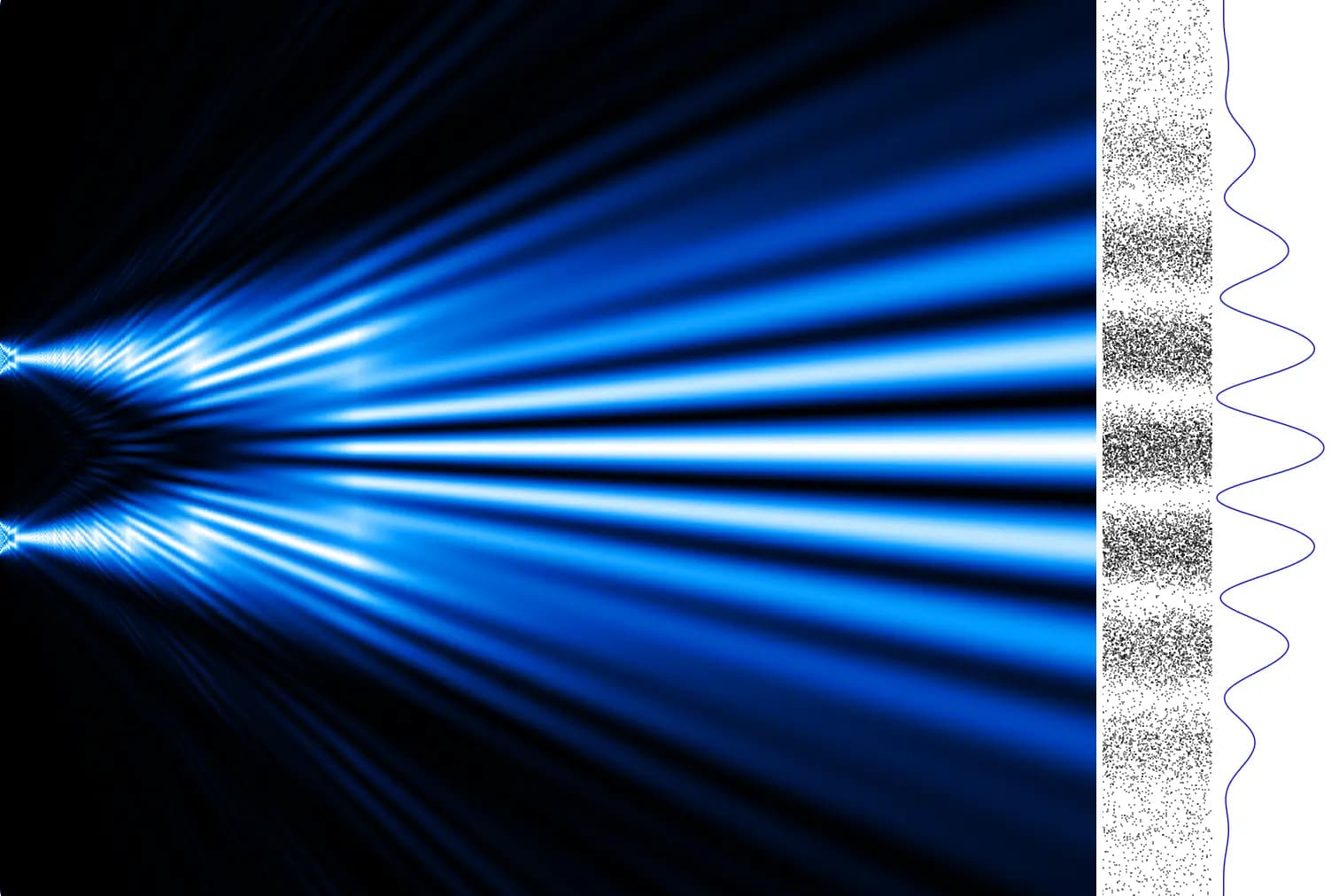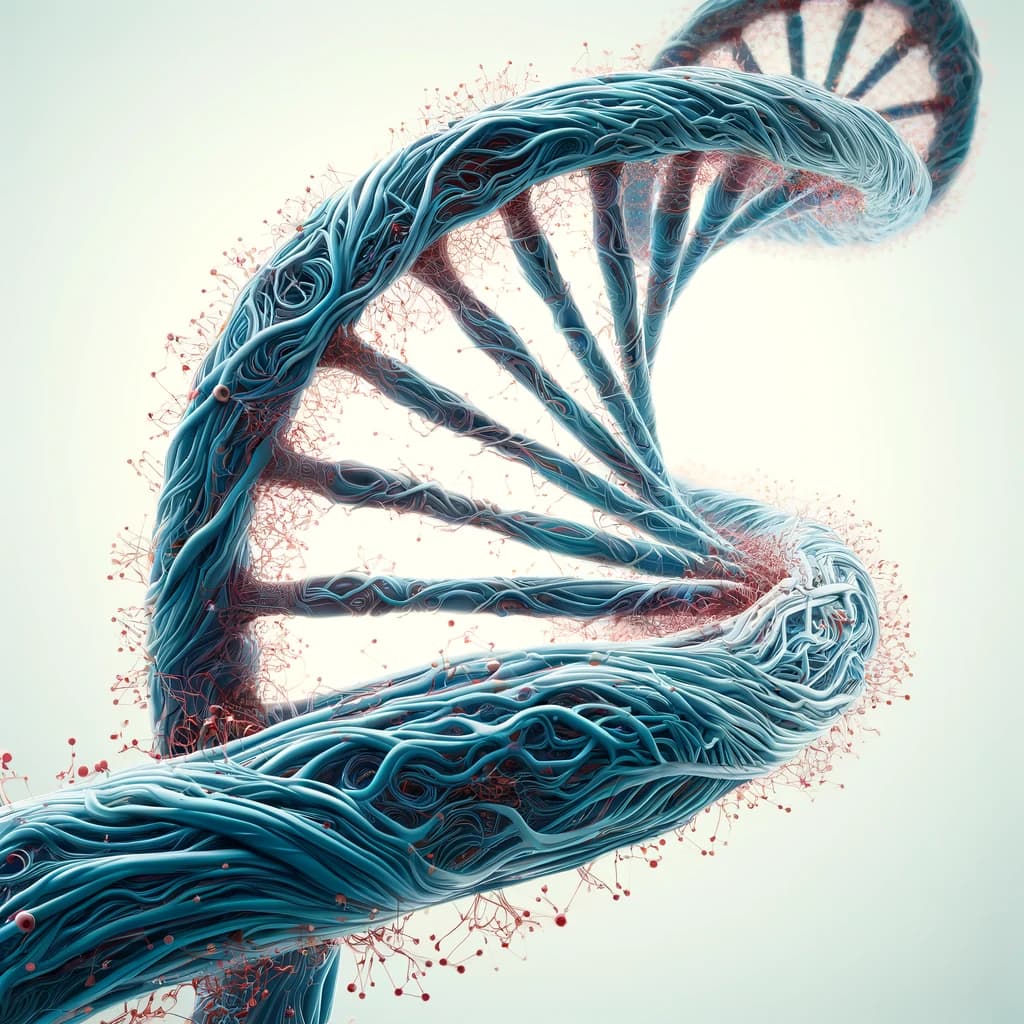Scientists have long relied on bioluminescent proteins to track cellular processes. These proteins, found in organisms like fireflies, emit light that can be detected by specialized instruments. However, this approach faces limitations when studying the brain. The dense and complex structure of brain tissue causes light to scatter, making it difficult to pinpoint its origin.
Researchers at MIT have overcome this challenge by developing a novel technique called bioluminescence imaging using hemodynamics, or BLUSH. This method cleverly leverages the sensitivity of MRI to blood flow changes. By engineering blood vessels in the brain to dilate in response to light, they’ve essentially transformed the brain’s vasculature into a three-dimensional camera.
The process starts by introducing a bacterial protein, bPAC, into the blood vessels of the brain. This protein triggers the production of a molecule called cAMP when exposed to light, leading to blood vessel dilation. This dilation, in turn, alters the magnetic properties of the blood, a change readily detectable by MRI.
To test their technique, the researchers implanted cells engineered to produce luciferase, a bioluminescent protein, in a deep brain region called the striatum. Upon introducing a specific substrate, they successfully detected light emission through MRI by observing the dilation of blood vessels.
The implications of BLUSH are far-reaching. By linking luciferase expression to specific genes, scientists can track gene expression changes during crucial processes like brain development, memory formation, and cell communication. This opens exciting possibilities for studying the brain in unprecedented detail.
The team is now focusing on expanding BLUSH’s applications, including adapting it for use in other animal models. This groundbreaking technique has the potential to revolutionize our understanding of the brain, paving the way for new discoveries and therapeutic strategies.
The original article can be accessed here.













Responses (0 )